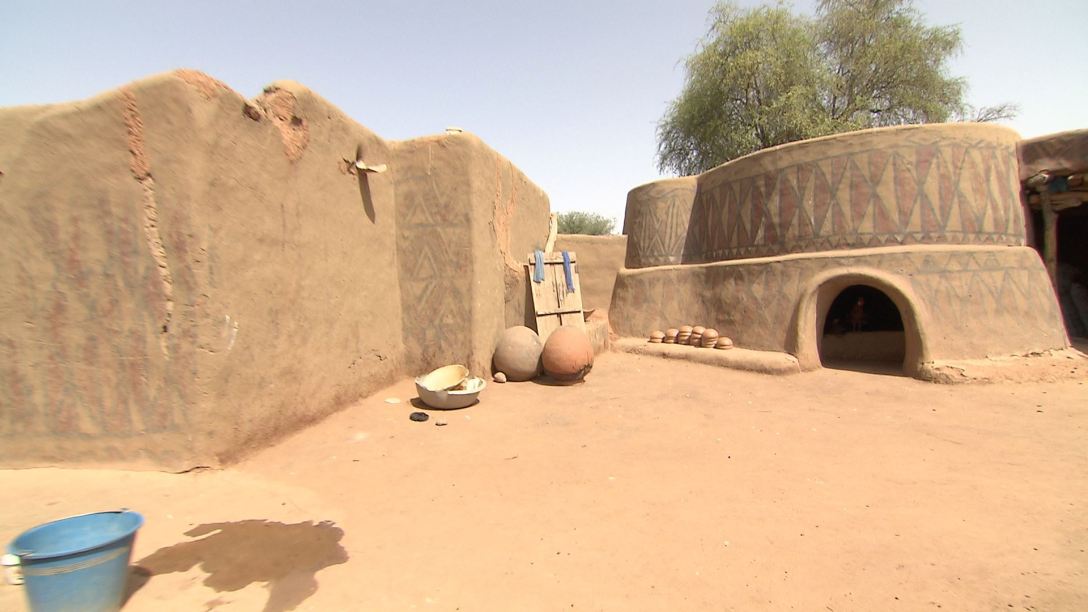This is the second post (of two) on psychoanalytic anthropology. The previous post, which discussed background details, is located here. There is significant diversity in how anthropologists have engaged or adopted psychoanalytic methods and theory in their ethnographic research and writing. To summarize these perspectives, I grouped these approaches into four categories. While presented as… Continue reading An Introduction to Psychoanalytic Anthropology: Perspectives (2/2)
Tag: Devereux
An Introduction to Psychoanalytic Anthropology: The Background (1/2)
There has always been a kinship between anthropology and psychoanalysis, however uneven, from Freud’s interest in anthropological data and his attempts to link the psyche with social forms, to more contemporary shared theorizations of the self and subjectivity in culturally diverse contexts. Psychoanalyst and anthropologist Elizabeth Bott-Spillius believed that while the content and expressions between… Continue reading An Introduction to Psychoanalytic Anthropology: The Background (1/2)
What is Cultural Psychodynamics?
I frequently refer to parts of my research and writing as working from a "cultural psychodynamic" perspective. What is this? In short, it is a theory and methodology that brings together perspectives from cultural phenomenology and psychoanalysis (culture + psyche). It emphasizes the complexity of cultural subjects and examines the ways in which culture and… Continue reading What is Cultural Psychodynamics?
Finding Empathy Through Troubling Stories
As I wrote about infanticide and the “spirit child” phenomenon in Northern Ghana, I became interested in how narratives of vulnerability and difficult human experiences can evoke powerful emotional and imaginative reactions in listeners and readers. Spirit children are, most often, disabled or ill children believed to be spirits sent to destroy the family. In… Continue reading Finding Empathy Through Troubling Stories



